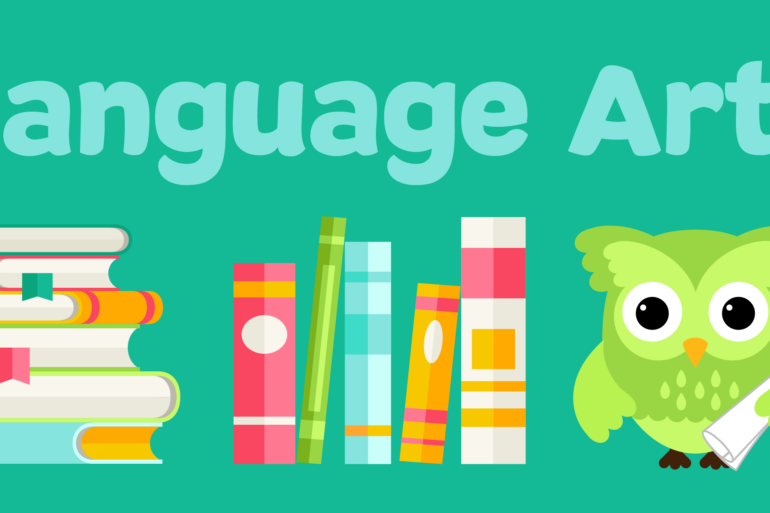what is language arts
Language arts is a term used to describe a broad range of subjects that encompass the study and application of language, including reading, writing, speaking, listening, and critical thinking. It is an interdisciplinary field that integrates various skills and techniques to enhance communication and foster literacy.
Language arts education typically begins in early childhood and continues throughout a person’s academic journey. It encompasses multiple components that help individuals develop effective language skills and become proficient communicators. These components include:
Reading: Reading skills involve the ability to decode and comprehend written text. Students learn to recognize letters, understand word meanings, and comprehend longer passages. Reading also helps develop vocabulary, comprehension, and critical thinking skills.
Writing: Writing skills involve the ability to convey thoughts, ideas, and information through the written word. Students learn grammar, punctuation, sentence structure, and various writing styles. They engage in activities such as composing essays, stories, poetry, and reports, which help refine their written expression.
Speaking: Speaking skills focus on effective oral communication. Students learn to express themselves clearly, use appropriate language, and articulate their ideas. They develop skills in public speaking, presentations, and participating in group discussions or debates.
Listening: Listening skills involve active engagement with spoken language. Students learn to pay attention, comprehend, and interpret verbal messages. Effective listening skills are essential for understanding instructions, following discussions, and engaging in meaningful conversations.
Viewing: Viewing skills refer to the ability to interpret visual information, including images, graphs, charts, and videos. Students learn to analyze and draw conclusions from visual representations, enhancing their overall comprehension and critical thinking abilities.
Media Literacy: Media literacy is an important aspect of language arts education in the digital age. Students learn to critically evaluate and analyze various forms of media, including digital texts, websites, social media, and advertisements. They develop the ability to navigate, interpret, and create media content responsibly.
Critical Thinking: Critical thinking is a fundamental component of language arts. Students learn to evaluate information, analyze arguments, and make informed judgments. They develop the ability to think critically about texts, identify biases, and construct reasoned arguments.
Language arts education promotes effective communication skills, encourages creativity, and nurtures a love for literature and language. It equips individuals with the tools needed to succeed academically and thrive in various personal and professional settings.
Now that we have discussed the concept of language arts, let’s explore the possibility of expanding on this topic in a 2000-word article. Here’s an outline that can help structure your article:
I. Introduction
- Definition and importance of language arts
- Overview of the components of language arts education
II. Reading Skills
- Importance of reading skills
- Techniques for improving reading comprehension
- Benefits of reading for vocabulary development and critical thinking
III. Writing Skills
- The significance of writing skills
- Strategies for enhancing writing proficiency
- Exploring different writing styles and genres
IV. Speaking and Listening Skills
- The role of effective oral communication
- Developing speaking skills through presentations and public speaking
- Strategies for improving listening skills
V. Viewing Skills
- The Importance of visual literacy in language arts
- Analyzing and interpreting visual information
- Integrating visual elements into language arts instruction
VI. Media Literacy
- Understanding the impact of media on language and communication
- Teaching students to critically evaluate and analyze media content
- Promoting responsible use of digital media
VII. Critical Thinking
- The connection between language arts and critical thinking
- Techniques for fostering critical thinking skills
- Integrating critical thinking into language arts lessons
VIII. Benefits of Language Arts Education
- The advantages of a comprehensive language arts curriculum
- Implications for academic success and lifelong learning
- Linking language arts to career readiness and personal development






